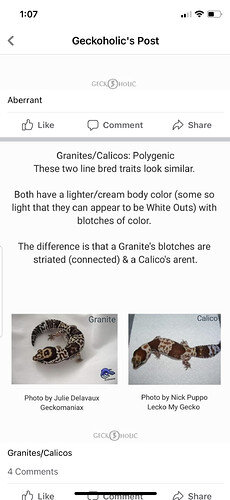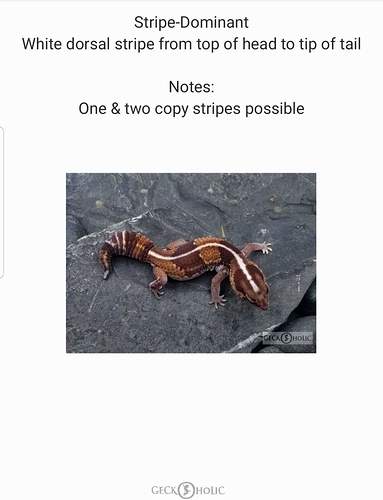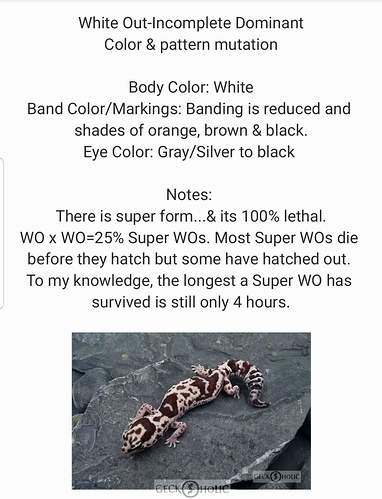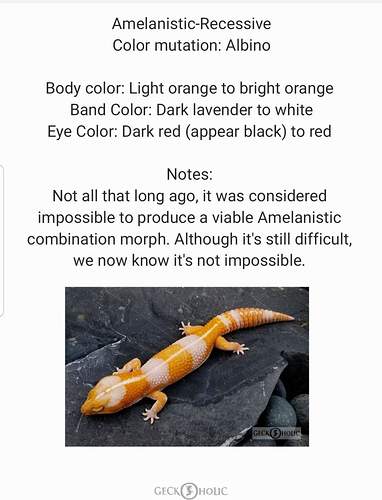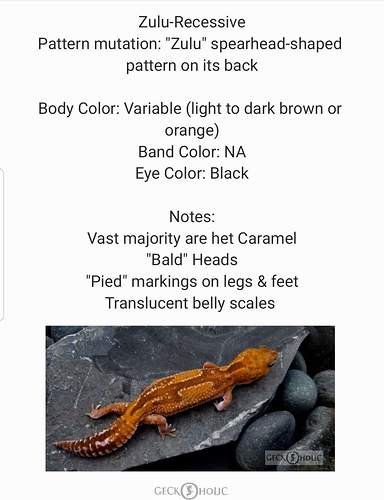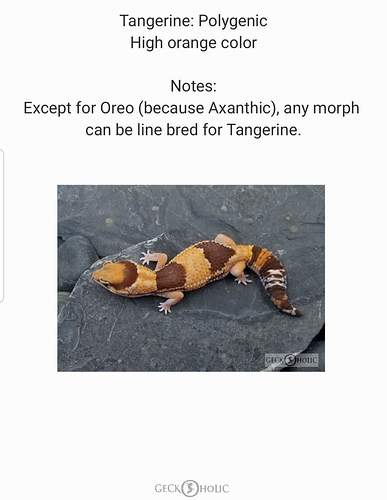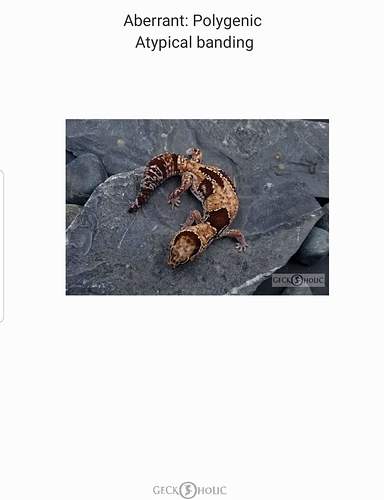You’re going to get a lot of debate on Stinger. Though, it is a polygenetic / line bred thing, associated with het Patternless. I would keep it listed with poly / line bred stuff. A “Super Stinger” (a false name, but a good descriptive tool for marketing) literally is a Patternless with the ability to produce Stingers.
Zero is the combo of Stinger + Stripe, and is NOT a simple-mendelian-recessive gene, so I would change that. It is the same poly trait that Stinger is, but just with a Stripe on it.
Super Zero is the combo of Patternless + Stripe, with the ability to produce Stinger / Zero.
If you would like to contact JMG Reptile, they can confirm the above. It was originally discovered by his dad when he owned JMG, and was found on some wild caught individuals, I believe. We discussed this together loosely before, but the more prominent breeders in the community would agree on the above, as well.
As far as everything else you listed, it looks correct to me.
Other combo names:
Snow (Oreo + Amel) …Unfortunately Oreo + Caramel has the same combo name. The AFT community still hasn’t fully duked that one out yet. Not sure how you want to approach the dual-name in your tags.
Purple Haze (Ghost + Oreo + Patternless) coined by Jessica Smith of Gecko Babies
AND since it will not let me reply above to a comment by Hellfire Exotics about how to tag Stinger /Zero / Super Stinger / Super Zero, I was directed to edit my previous replies instead so here we go:
Separating Super Zero/ Super Stinger from Zero and Stinger, will just create a dual-tag by accident that would indicate the same gene.
You’d have a bunch of het Super Zero and het Super Stingers, as well as a bunch of Zeros and Stingers, all different tags, but meaning the same gene. This will make it difficult for users looking up one or the other, and not getting the entire pool of animals that would actually meet their search criteria. One label for each should be used, not two.
It should be uniformly put under either line bred, OR recessive. It’s a tough one, since it isn’t a simple mendelian trait.
Personally: I would go for putting Super Stinger and Super Zero in as combos? Patternless + Stinger = Super Stinger and Patternless + Stinger + Stripe = Super Zero, since, essentially that is what they are. Stinger and Zero just associating with the pattern that occurs on the heterozygous Patt forms, and when you hit visual Patt, it masks the Stinger and Zero - but they are still there and should be accounted for. Combo would make this easy, and people using the search tool would have a better time locating what they need to. When they input Stinger or Zero then, they’d get ALLLL the results of them and their “super” forms, not just half the results like they’d get if their “super” forms were input as different genes completely (which they are not).
